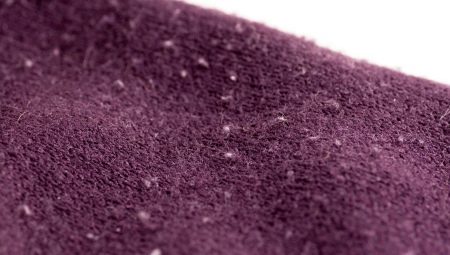Woolen things require a careful attitude. They quickly fail, and spools are the first sign of wear. Such clothes look worn and ugly.
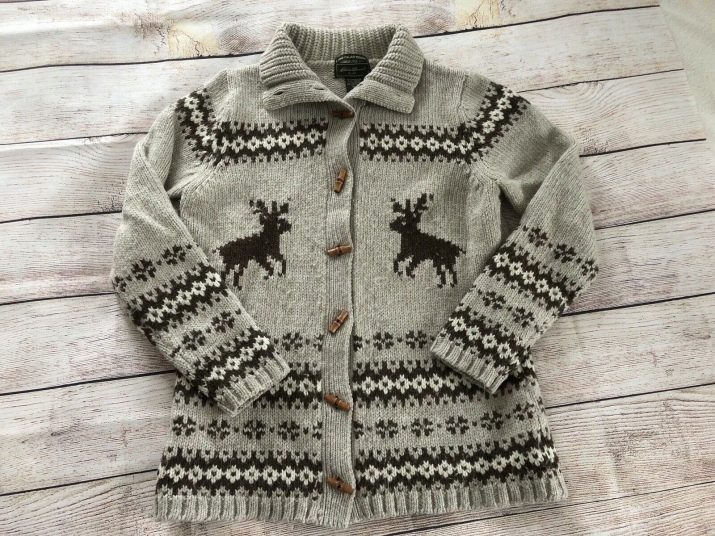
The reason for the appearance of the pellets
The spools appear as a result of friction. Therefore, there are more of them in those places where the thing most often comes into contact with other objects. For example, sweater sleeves to the elbow. Washing with other clothes in the drum of the machine also contributes to friction and wear.
The quality and composition of the fabric also affects the life of the product. The greater the percentage of synthetics in the composition, the faster the spools will appear. Natural wool items are less prone to this.
There is also a manufacturing defect. When the thread is not twisted correctly, broaches occur. They are clearly visible, so it is important to pay attention to the quality of the thread at the stage of purchase. The thing initially looks loose and untidy.
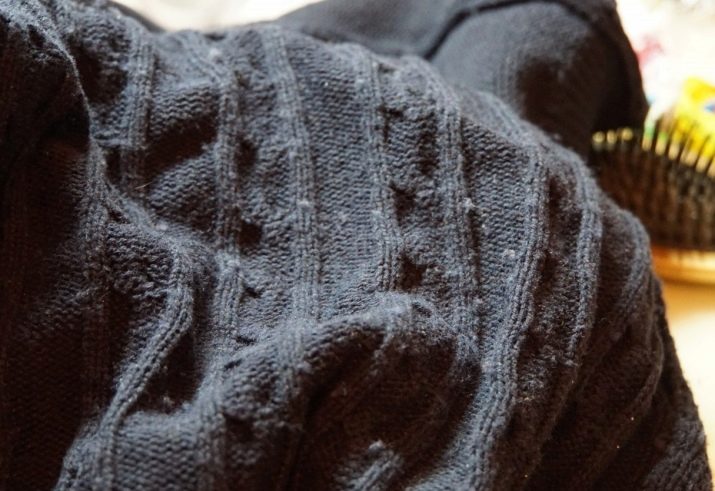
In places of broaches faster spools appear.
How to remove the spools?
There are several ways to remove the spools. They all come down to cutting or tearing off the hated “balls”.
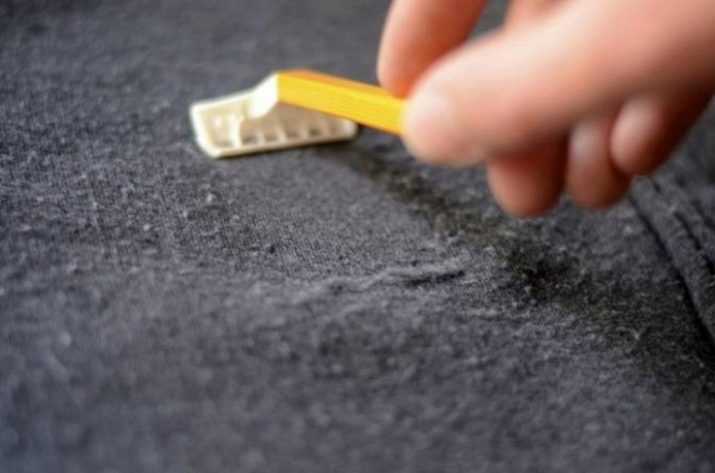
Spool Remover
A special electric device is somewhat reminiscent of an electric razor with a large grid that can operate from a wall outlet and battery. It has a knife regulator, which allows you to change their height and not touch the fibers and decor, for example, sequins. The pellets are collected in a special container, so the knives and the device itself do not have to be cleaned.
If the regulator is not provided in the typewriter, then use it extremely carefully so as not to cut the fabric. The device is inexpensive and easy to use, but cheap models quickly fail.
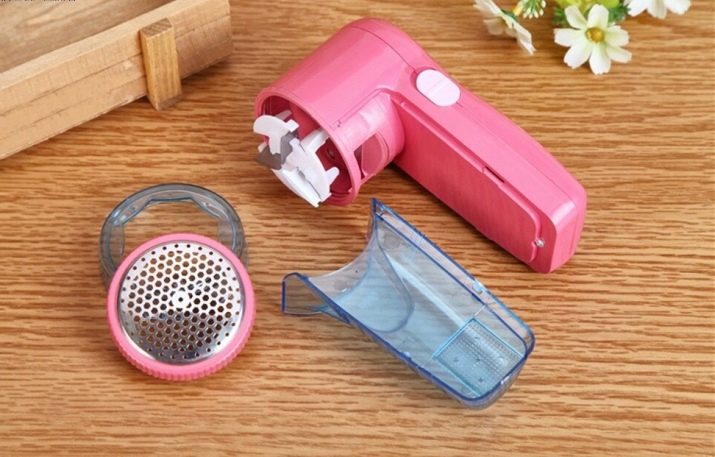
Great for cashmere, mohair and Angora.
Razor and scissors
The principle is the same as with the machine, only you have to work manually. It’s best to use a used razor with blunt blades so that, inadvertently, you do not spoil the thing. Shave the pellets with the machine in the direction from the bottom up, periodically cleaning it. It is more convenient to work in pairs: one holds the fabric, pulling it slightly, the other “shaves”.
Cleans quickly and efficiently, but requires accuracy. Even a blunt blade can damage the fibers of the threads or cut the decor. Suitable for socks, hats, tights and any other smooth products without a relief pattern. Not recommended for use on mohair and Angora.
You can cut the spools with scissors. This is the most time-consuming way of all. Each spool will have to be removed separately.

Suitable for removing large "balls" on knitted clothes or a small number of them.
Adhesive tape or tape
Only suitable for the initial appearance of the spools. Adhesive tape or patch is firmly applied to the desired area, and then abruptly comes off. The procedure can be repeated several times. This method does not give 100% of the result. For a greater effect, you need to choose the most adhesive tape.
As an option, you can try to clean clothes from spools. using a cleansing sticky roller. It gives less effect, but it will collect dust and hair of pets well.
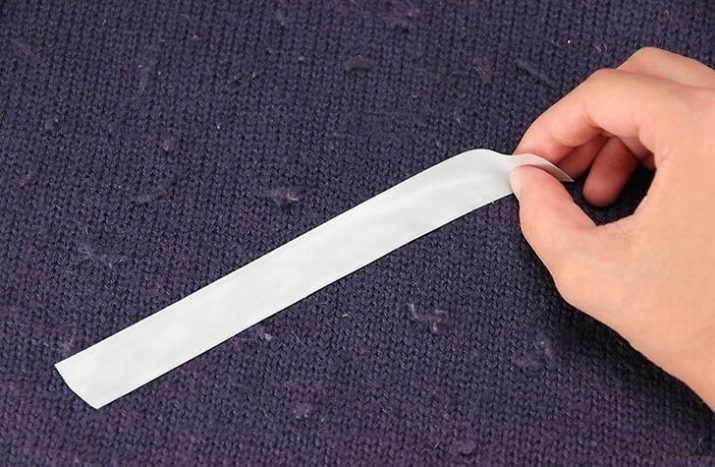
Peeling brush
There is a special brush for removing pellets, which is called a “peeling brush”. The name is unusual, but fully reflects the essence of the process. It perfectly removes traces of wear and does not damage the product. Brush on clothes one way from top to bottom.
Outwardly, it does not at all look like a brush with a pile. You can buy it at handicraft stores.
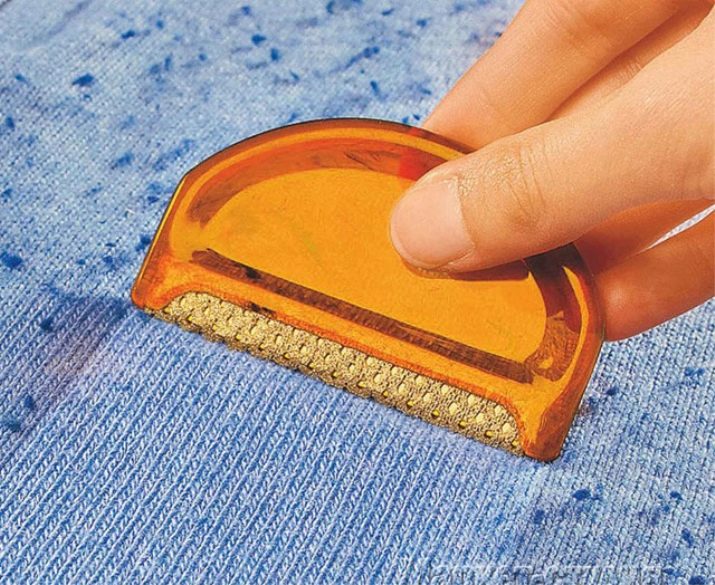
Toothbrush
Suitable for moody mohair, cashmere, angora and other soft products, including those with a long pile. Everything that cannot be “shaved” can be cleaned with a soft toothbrush.
The brush should be directed along the fibers without strong pressure. The method is laborious, but more sparing for woolen things. If the operating conditions allow, then after cleaning the jacket can be soaked in warm water with the addition of vinegar. The fibers will fluff, and the appearance itself will improve.
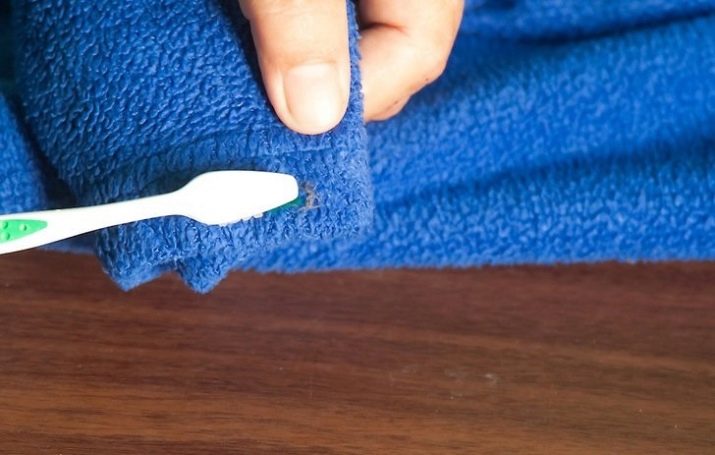
Sandpaper and Dishwashing Sponge
Fine sandpaper is required for cleaning. To clean in the same way as with a razor, from the bottom up. You need to work carefully, otherwise there will be scuffs, and holes will be in place of damaged fibers. Yes, and the spools themselves will be formed more.
The sponge for dishes is softer. Only use a new, necessarily dry, hard side. It is applied to delicate fabrics.
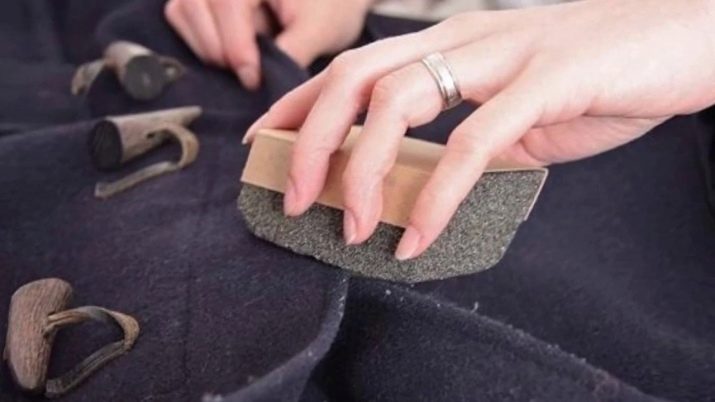
Breadcrumbs
There are two ways to use it. In the first - with a cracker, the spools are cleaned in the same way as with a sponge for dishes. The second method uses crumbs from crackers. They are crushed on fabric and rolled. Only then will you have to clean the thing already from them.
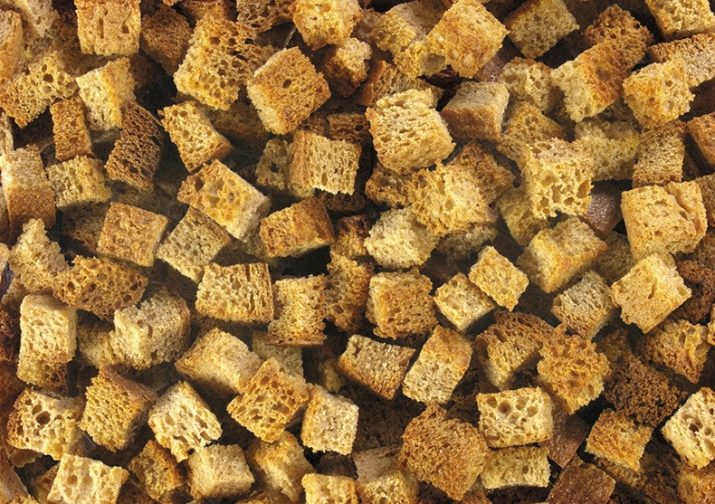
Frequent comb
The woolen product is combed in the direction of the fibers. The spools get stuck between the teeth and come off. Such an express method is suitable when there are no other means at hand. The small spools are then removed with tape or tape.
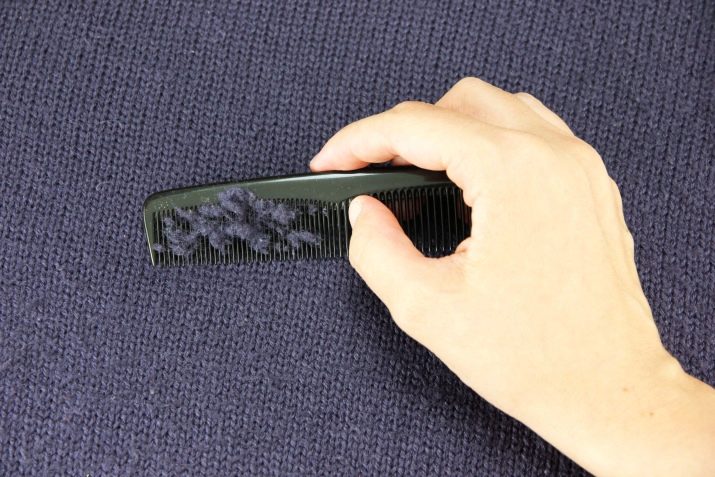
Bad advice
Sometimes it is suggested to clean woolen things with chewing gum or plasticine. The principle is the same as scotch tape. The pellets will not be removed well, but clothes can be ruined easily.
The chewing gum is soft and quickly adheres to the fibers, you just can’t remove it just like that. Plasticine in its composition contains oils and wax. Not only can it stain a thing, like chewing gum, a greasy spot will remain an unpleasant bonus.
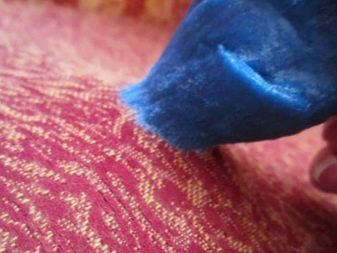
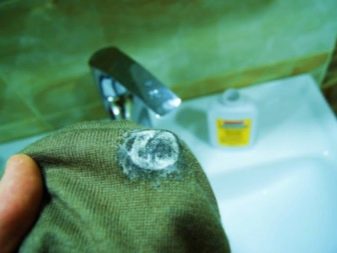
How to wash so that there are no spools?
It is important to read the information on the product label. Some things can be washed, others only show dry cleaning. When washing in a car, use only delicate modes, refuse spinning. In addition to woolen things, do not put others into the drum, as they provide additional friction.
When washing with your hands, do not soak for a long time, wash quickly, wring out gently, better wrapped in a terry towel. Dry horizontally, away from batteries and heaters.
Use special detergents for wool and delicate fabrics containing components to soften the fibers. Better liquid, because washing powders do not dissolve well in warm water.
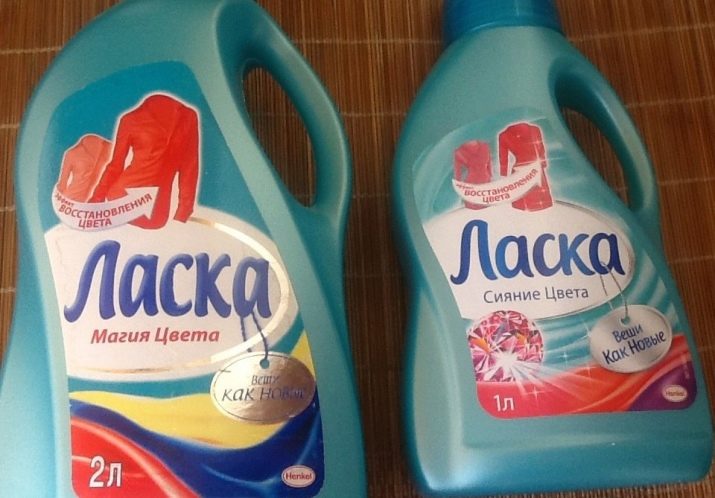
Excellently remove dry cleaning spools. Additionally, the item will be cleaned from dust and stains. Professionals know how to handle delicate things. But this is an expensive service, therefore it is justified in relation only to expensive things.

Best to get rid of the spools at their first appearance.
Removing a few pieces is easier and faster than when they become much larger.
On how to remove the spools from the jacket, see further.
